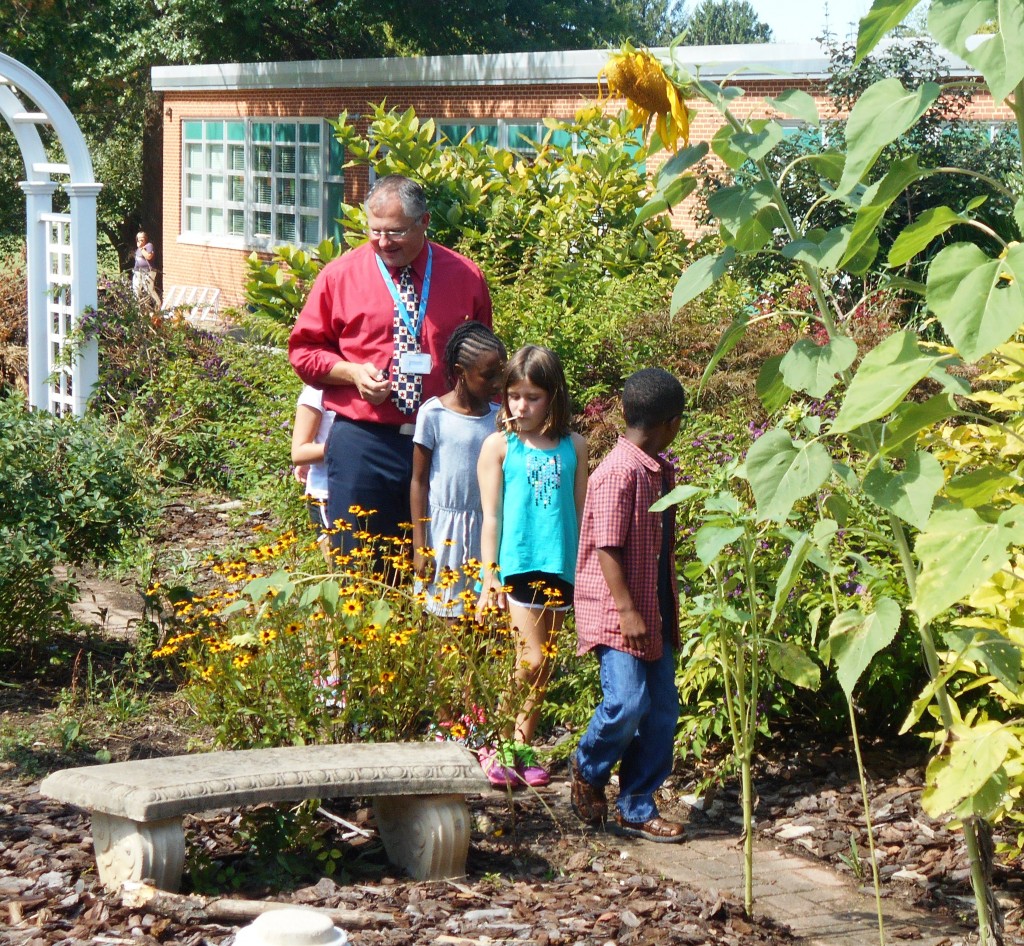Elephant toothpaste? Lava Lamps? What do these have in common? Chemical reactions…
If you like being a little surprised by your science, these might be the videos for you. Watch either video, then comment to let us know how you could turn one of the demonstations into a STEM project by making a change and measuring the results.
Note: If you find the content is blocked, you are probably viewing the video from a BCPS computer after you logged on with student credentials. You Tube content will be blocked from students, so ask your teacher if they can show the video on the whiteboard. You can always watch the videos at home! Thanks for your patience.

We could change the amount of yeast we put in the elaphant toothpaste and measure how warm it gets.
For sciencebob’s lava lamp, we could change the type of oil and measure the results.
What results would you measure? Temperature? Length of time the lamp works? Size of the bubbles?
Mrs. Austen
We would measure how long the lava lamp would last.
Thank you for the clarification, Lucy!
For the lava lamp, we would change the amount of food coloring to 12. We would measure how long the food coloring bubbles.
What do you mean about 12? Twelve centimeters? 12 steps?
Mrs. Austen
We could change the canola oil into vegtable oil and measure the reaction of the bubbles.
What would you measure about the bubbles? Temperature? Mass? Diameter?
Mrs. Austen
We could change the alcacelter to mentos and measure if it fizes more in the lava lamp.
We could change the canola oil to vinegar and measure the amount of vinegar used.
Wouldn’t you measure the vinegar BEFORE you put it in the bottle?
You would need to find something to measure about the results of the investigation – amount of time the bubbles last, size of bubbles, amount of gas released by the lamp. etc.
Mrs. Austen
Will it react differently if we change the warm water into cool water?
What would you measure at the end of the investigation? Mrs. Austen
We could change the amount of dish soap and measure how much elephant toothpaste comes out of the bottle.
How warm should the water be? What color should the food coloring be? How much dish soap should we put in? We could change the type of dish soap and measure the temperature of the reactions. I like how the scientist told why the reaction did what it did.
Great questions – I can tell that your group was really thinking about the procedure!
We could change the customary system to the metric system and measure how big the bubbles.
Good idea to use only metric units!
What could you change about the actual investigation (materials, temperatures, amounts) that might affect the size of the bubbles?
Can he be more specific about the amount of soap? Also, he should use the metric system.
I agree that there should be specific amounts listed for the liquid soap. The best metric unit to use to measure liquids would be milliliters (mL).
Great scientific thinking!
Hi Ms.Austen,
For the elephant toothpaste how much is some soap?
This is a great science question, Gretchen. It shows that you know that we need to be very specific when sharing a scientific procedure.
I did some searching and found another example of elephant toothpaste at this site: http://www.sciencebob.com/experiments/elephants_toothpaste.php
Three important tips:
– An adult should help with this experiment (the directions even say this).
– Be sure to wear safety goggles. I have some in the iLab that you can borrow.
– The measurements in this set of directions are in customary units. You would need to covert these to metric units for a STEM investigation.
If you try this at home, be sure to send me some pictures!
🙂 Mrs. Austen
How would I measure using metric because Ms.Kellner said we would have to measure using metric units.
Hi, Gretchen,
What units would you need to convert? I find the easiest way to make my measurements clear is to simply measure out the amount of tablespoons (for example) that I need, and pour that amount of ingredients into a graduated cylinder that shows mL. I would then know how many mL are equal to the tablespoons that I need. You can do this with water before you even begin the investigation just to be sure you know how many mL you will need for each ingredient.
Does that make sense?
Hi Ms.Austen,
Ms. Kellner approved my STEM fair topic. I am doing elephant toothpaste. I will be changing the type of yeast. I will be using dry, fresh, instant, brewers, and no yeast. I will be measuring the amount of toothpaste made in mL.
I can’t wait to see your results, Gretchen! I have always wanted to try this investigation with students, so I am very interested in what you learn. You will be able to tell me exactly what “recipe” I should use.
Please send me some photos of your elephant toothpaste investigation so we can share them on the blog as well.
🙂 Mrs. Austen